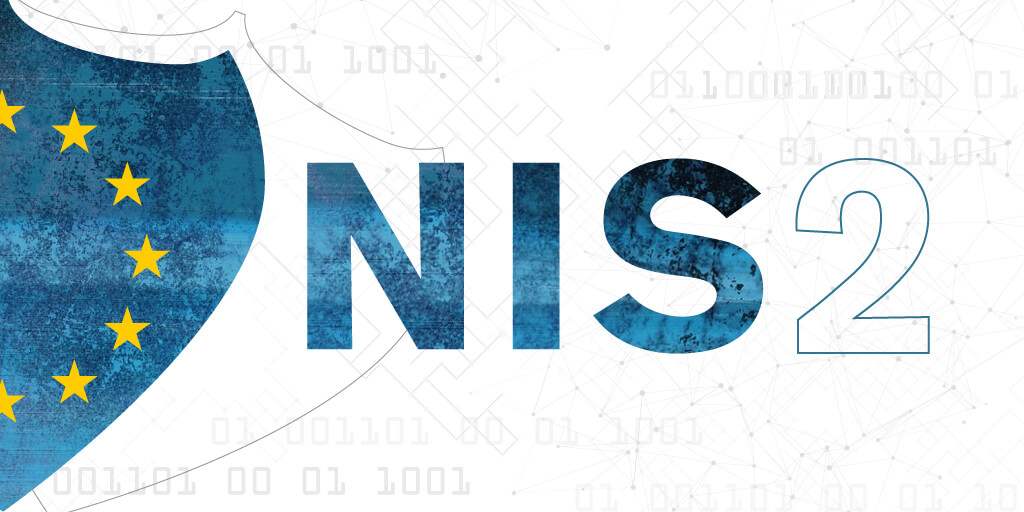With the implementation of the new European NIS2 directive right around the corner, it’s essential that organizations that fall under the directive are prepared. Keep reading to better understand what the NIS2 directive is, what organizations can do to prepare for this change in how cybersecurity is handled, and how CounterCraft can help with future compliance.
What does NIS2 stand for?
NIS2 stands for Network and Information Security 2. This directive is the second iteration of NIS, which was implemented into Legislation in 2016. Its purpose is to create a standard baseline for cybersecurity within the European Union.
What is the NIS2 directive?
The NIS2 Directive is an improved version of its predecessor’s NIS directive, implemented in 2016. This new directive aims to fortify the EU’s cybersecurity protocols as well as protect markets and sensitive information. NIS2 is a prime directive focused on implementing standard protocols to ensure better cybersecurity within the EU. The EU will provide the standard framework for what is required from each organization within the EU to comply with NIS2, including a standard procedure for identifying and managing attacks. It will also require collaboration between member states when identifying sensitive breaches. NIS2 also plans to strengthen penalties against organizations or individuals who decide not to comply with the new directive.
What are the main differences between NIS2 and the original NIS Directive?
The first directive was a step in the right direction to solidify cybersecurity protocols in the European Union by creating a standard within the EU. The second iteration of the directive is to solidify the EU’s cybersecurity infrastructure, according to The Redscan Marketing team, now part of Kroll’s Cyber Risk practice, in their article about the directives. In the second version of the directive, more steps are added to the reporting of cyber attacks or security negligence. NIS2 also encourages organizations not to stop at the baseline but to create plans to report, track and react to cyber threats that directly affect the organizations.
How should organizations prepare for NIS2?
- Understand the baseline of what NIS2 will require from operators
- Create a plan that coincides with the baselines put in place
- Create a plan for action to report and deter cyber threats
- Create a training module for employees to properly inform on and help counter cyber threats.
- Find third-party software that serves to expedite reporting and processing as well as the detection of breaches
- Implement the processes and procedures to help aid the NIS2 directive in strengthening the cybersecurity of the EU
CounterCraft Support with NIS2 Compliance
The key areas of NIS2 deal with increasing supervision measures, cooperation between nations, and cybersecurity risk management of individual organizations.The EU has expressed concern about strengthening cybersecurity and the consequences of negligence and breach of security
The major pain points that may arise with the adoption of NIS2 are:
- Liability and accountability
- Supply chain security
- The requirements for incident reporting
Within these general pain points, there are concrete aspects of cybersecurity identified in the report where CounterCraft can help:
- Strengthening risk analysis of security
Using the threat intelligence generated from a deception deployment creates a clear picture of your threat landscape. This is key to an effective risk analysis of your business environment. - Knowing how to handle vulnerabilities
Deception can be used to explore how specific vulnerabilities may impact your production environment. Setting up a deception campaign focused on a known vulnerability gives relevant and actionable intelligence on how, or more importantly if, how the vulnerability may impact your business processes. - Security hygiene best practices
Deception cannot help in employing best practices, but it can provide important intelligence to help prioritize your implementation and make sure you are not wasting time and resources by helping you focus on exactly what needs to be done first, and where.
Find out how cyber deception can help with implementing zero trust practices > - Training
Use deployment of a realistic environment for training or security awareness projects. Be it user training or creating a cyber range for blue and red team interaction, CounterCraft’s cyber deception tools provide quick and easily deployable solutions.
Find out more about CounterCraft’s unique technology > - HR security
IInsider threat and data exfiltration are two major risks to which HR data is exposed. They are also examples of where rapid detection and a detailed profile of the attacker is vital. This is an ideal use for deception technology, which can provide solutions for both. - Developing access control policies
Being able to back up theory with practical detection and enforcement closes the loop on defining a secure access control policy. Deception technology can rapidly identify weaknesses in credential management and provide actionable intelligence to eliminate associated risks.
For more information on how CounterCraft can help you comply with NIS2 and other governmental directives, contact us.
Are you ready for cyber deception? Find out here >
